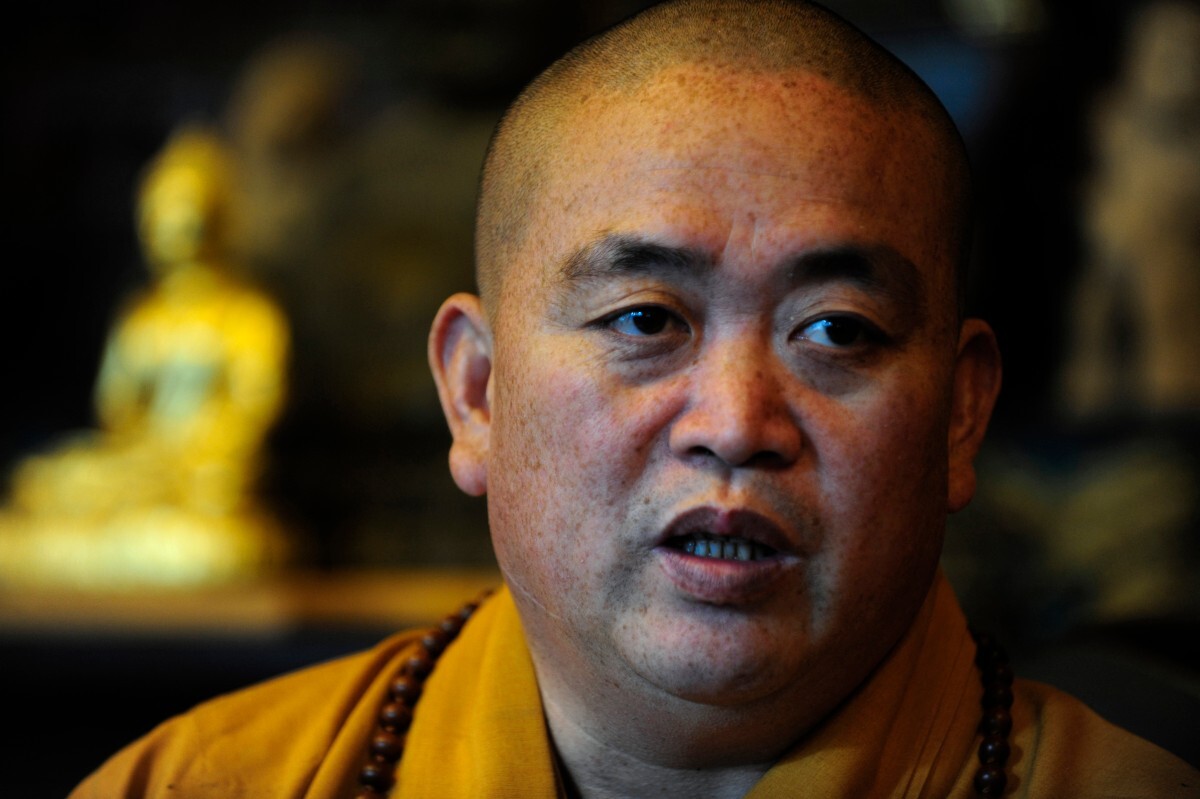Local authorities in China said Sunday they had approved the arrest of the former head of the Shaolin Temple, known as the birthplace of kung fu, over suspicion of embezzlement.
The former abbot, Shi Yongxin, was removed from his position in July 2025 for “extremely” bad behaviour. It was also alleged that he misappropriated project funds and temple assets, which saw him placed under investigation and defrocked.
Authorities in central Henan province, where the Shaolin Temple is located, approved Shi’s arrest on “suspicion of embezzlement, misappropriating funds and accepting bribes as a non-state employee”, the Xinxiang Procuratorate said in a statement on Sunday.
It was unclear if Shi had already been detained.
Shi, 60, took office as abbot in 1999 and in the following decades expanded Shaolin studies and cultural knowledge overseas.
He became known as the “CEO monk” for establishing dozens of companies abroad — but received a backlash for commercialising Buddhism.
He had previously been accused by former monks of embezzling money from a temple-run company, maintaining a fleet of luxury cars and fathering children with multiple women.
In July, Beijing’s top Buddhist authority said it was cancelling Shi’s certificate of ordination after fresh claims.
“Shi Yongxin’s actions are of an extremely bad nature, seriously undermining the reputation of the Buddhist community, hurting the image of monks,” the Buddhist Association of China said at the time.
Birthplace of Shaolin Kung Fu
The temple, established in AD 495, is known as the birthplace of Zen Buddhism and Chinese kung fu. Shaolin Temple is a historic Mahayana Buddhist institution renowned both as the birthplace of Chan Buddhism and the cradle of Shaolin kung fu. The monastery is situated at the base of Wuru Peak in the Songshan mountain range, within Dengfeng County, Zhengzhou Prefecture, Henan Province, China.
The name “Shaolin” reflects its position within the ancient forest (lín) of Mount Shaoshi, located in the interior of the Songshan mountains. Mount Song has long held religious significance, being recognised as one of the Five Holy Peaks of China as early as the 1st century BC.
Geographically, Shaolin Monastery lies approximately 48 kilometres southeast of Luoyang, the former capital of the Northern Wei Dynasty (386–534), and 72 kilometres southwest of Zhengzhou, the current provincial capital of Henan. Its location in a sacred mountainous region has contributed to its enduring religious, cultural, and martial significance throughout Chinese history.






